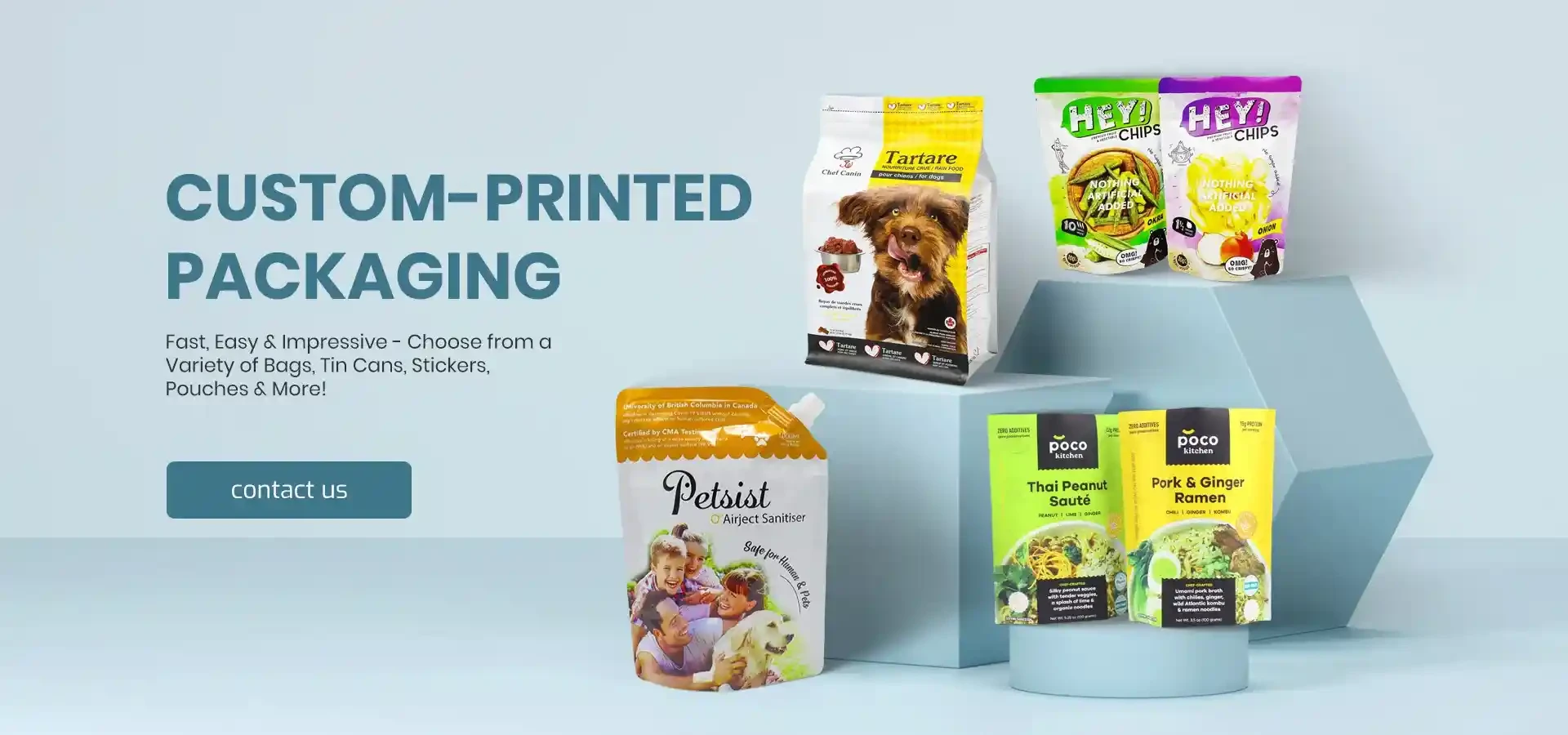- Afrikaans
- Albanian
- Amharic
- Arabic
- Armenian
- Azerbaijani
- Basque
- Belarusian
- Bengali
- Bosnian
- Bulgarian
- Catalan
- Cebuano
- chinese_simplified
- chinese_traditional
- Corsican
- Croatian
- Czech
- Danish
- Dutch
- English
- Esperanto
- Estonian
- Finnish
- French
- Frisian
- Galician
- Georgian
- German
- Greek
- Gujarati
- haitian_creole
- hausa
- hawaiian
- Hebrew
- Hindi
- Miao
- Hungarian
- Icelandic
- igbo
- Indonesian
- irish
- Italian
- Japanese
- Javanese
- Kannada
- kazakh
- Khmer
- Rwandese
- Korean
- Kurdish
- Kyrgyz
- Lao
- Latin
- Latvian
- Lithuanian
- Luxembourgish
- Macedonian
- Malgashi
- Malay
- Malayalam
- Maltese
- Maori
- Marathi
- Mongolian
- Myanmar
- Nepali
- Norwegian
- Norwegian
- Occitan
- Pashto
- Persian
- Polish
- Portuguese
- Punjabi
- Romanian
- Russian
- Samoan
- scottish-gaelic
- Serbian
- Sesotho
- Shona
- Sindhi
- Sinhala
- Slovak
- Slovenian
- Somali
- Spanish
- Sundanese
- Swahili
- Swedish
- Tagalog
- Tajik
- Tamil
- Tatar
- Telugu
- Thai
- Turkish
- Turkmen
- Ukrainian
- Urdu
- Uighur
- Uzbek
- Vietnamese
- Welsh
- Bantu
- Yiddish
- Yoruba
- Zulu
Analyzing Retail Store Bins for Improved Inventory Management and Sales Strategies
Understanding the Importance of Dump Bins in Retail Stores
In the dynamic landscape of retail, where visual merchandising plays a crucial role, dump bins have emerged as an effective tool to capture customer attention and drive sales. These bins, often strategically placed in stores, serve a variety of purposes that extend far beyond mere storage. They are an integral part of retail strategy and can significantly influence consumer behavior.
What are Dump Bins?
Dump bins are essentially large, open containers used for displaying products in retail settings. They can be made from a variety of materials, including cardboard, metal, or plastic, and are designed to hold a range of merchandise. Often filled with discounted items or promotional products, these bins are typically placed in high-traffic areas such as near the checkout counter or at the end of aisles, maximizing their visibility and accessibility.
The Psychological Appeal of Dump Bins
One of the key reasons dump bins are so effective in retail is their psychological appeal. The concept of treasure hunting plays a significant role in consumer behavior. Shoppers are naturally drawn to piles of products, eager to dig through and uncover deals that might not be readily available on shelves. Dump bins tap into this instinct, making the shopping experience more engaging and interactive.
Moreover, the notion of a 'good deal' can evoke positive emotions among consumers. The presence of heavily discounted items in dump bins encourages impulse buying, as shoppers may feel they are getting an exceptional value. Retailers skillfully capitalize on this by rotating the contents of dump bins frequently, ensuring that there is always something new and enticing for customers to discover.
Strategic Placement and Design
The effectiveness of dump bins is heavily influenced by their placement within the store. Retailers understand the importance of location in directing customer flow. By placing bins near entry points, checkout areas, or alongside popular products, they can effectively increase the likelihood of shopper engagement.
dump bins for retail stores

Additionally, the design of the dump bin itself can make a significant impact. Bright colors, clear signage, and attractive displays not only draw attention but also communicate the value of the products inside. Engaging visuals and well-thought-out layouts can transform a simple dump bin into a powerful merchandising tool.
Categories of Products in Dump Bins
Dump bins are versatile and can accommodate a wide range of products. Commonly found items include seasonal promotions, clearance stock, or impulse-buy items like snacks, small gadgets, or beauty products. Retailers often use these bins to highlight overstock or slow-moving merchandise, providing them with a second chance to capture consumer interest.
The seasonal aspect is particularly noteworthy. During holidays or special promotions, dump bins can be filled with themed items that drive excitement and encourage shoppers to purchase gifts or decorations they might not have considered otherwise.
Measuring Success
Retailers closely monitor sales performance associated with dump bins to evaluate their effectiveness. Metrics such as sales volumes, inventory turnover rates, and customer feedback provide insights into how well these displays are working. By analyzing this data, retailers can fine-tune their strategies, optimizing the types of products placed in the bins and their overall arrangement.
Conclusion
In conclusion, dump bins hold a unique position in the retail environment, combining visual appeal with strategic marketing. They not only enhance the shopping experience but also drive sales by encouraging impulse purchases and engaging customers in a fun, interactive way. As retailers continue to innovate and adapt to consumer needs, the role of dump bins will inevitably evolve, but their core function as a tool for capturing attention and boosting sales will remain a staple in retail strategy. By understanding the psychology behind dump bins and employing effective merchandising techniques, retailers can maximize their impact, ensuring that these simple containers become powerful assets in their sales arsenal.













